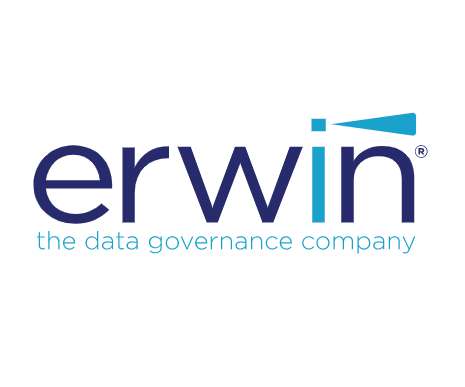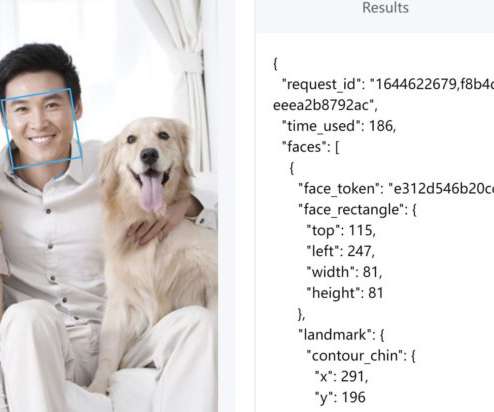Guest Post -- New Global Data and Privacy Regulations in 2018 and the GDPR
AIIM
NOVEMBER 2, 2017
In December of 2015 an agreement was reached, leading to the adoption of General Data Protection Regulation (GDPR) in April 2016. First, it should be noted that GDPR does not apply only to companies located within the EU. Organizations that fail to comply with GDPR risk potentially massive penalties. But more on them later.

















Let's personalize your content